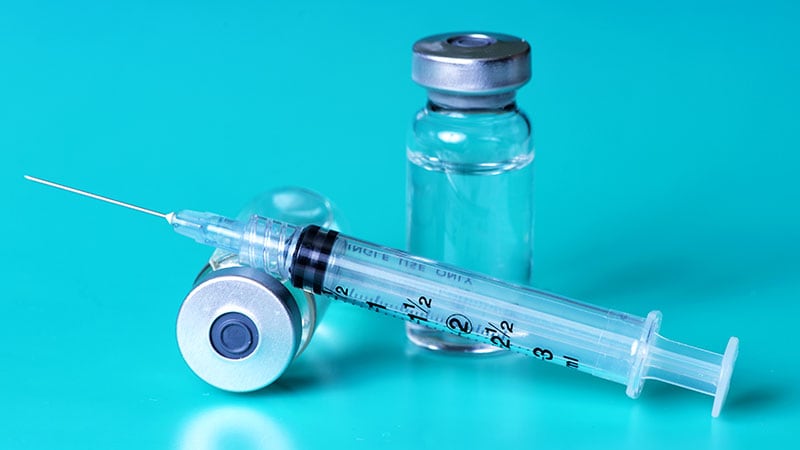No more munchies for you. If you told me that my cannabis cravings were in my head...I'd believe you.
This retrospective cohort study used electronic health records from over 85,000 patients with obesity and nearly 600,000 with type 2 diabetes (T2D) to explore semaglutide's effect on CUD, comparing it with non-GLP-1RA medications.
Semaglutide was associated with significantly lower risks of both new and recurrent CUD diagnoses across various demographics, showing hazard ratios (HR) below 1 for both conditions. These promising results suggest semaglutide's potential to treat CUD, but further research and randomized clinical trials are needed to confirm its efficacy and mechanisms.
Mol Psychiatry. 2024 Aug;29(8):2587-2598.
doi: 10.1038/s41380-024-02498-5. Epub 2024 Mar 14.
Association of semaglutide with reduced incidence and relapse of cannabis use disorder in real-world populations: a retrospective cohort study
William Wang 1,
Nora D Volkow 2,
Nathan A Berger 1,
Pamela B Davis 3,
David C Kaelber 4,
Rong Xu 5
Affiliations Expand
Abstract
Cannabis is the most frequently used illicit drug in the United States with more than 45 million users of whom one-third suffer from a cannabis use disorder (CUD). Despite its high prevalence, there are currently no FDA-approved medications for CUD. Patients treated with semaglutide, a glucagon-like peptide-1 receptor agonist (GLP-1RA) approved for treating type 2 diabetes (T2D) and for weight management have reported reduced desire to drink and smoke. Preclinical studies have shown that semaglutide decreased nicotine and alcohol consumption. Preclinical and preliminary clinical evidence of semaglutide's potential beneficial effects on various substance use disorders led us to evaluate if it pertained to CUD. In this retrospective cohort study of electronic health records (EHRs) from the TriNetX Analytics Network, a global federated health research network of approximately 105.3 million patients from 61 large healthcare organizations in the US, we aimed to assess the associations of semaglutide with both incident and recurrent CUD diagnosis compared to non-GLP-1RA anti-obesity or anti-diabetes medications. Hazard ratio (HR) and 95% confidence intervals (CI) of incident and recurrent CUD were calculated for 12-month follow-up by comparing propensity-score matched patient cohorts. The study population included 85,223 patients with obesity who were prescribed semaglutide or non-GLP-1RA anti-obesity medications, with the findings replicated in 596,045 patients with T2D. In patients with obesity (mean age 51.3 years, 65.6% women), semaglutide compared with non-GLP-1RA anti-obesity medications was associated with lower risk for incident CUD in patients with no prior history CUD (HR: 0.56, 95% CI: 0.42-0.75), and recurrent CUD diagnosis in patients with a prior history CUD (HR: 0.62, 95% CI: 0.46-0.84). Consistent reductions were seen for patients stratified by gender, age group, race and in patients with and without T2D. Similar findings were replicated in the study population with T2D when comparing semaglutide with non-GLP-1RA anti-diabetes medications for incident CUD (HR: 0.40, 95% CI: 0.29-0.56) and recurrent CUD (HR: 0.66, 95% CI: 0.42-1.03). While these findings provide preliminary evidence of the potential benefit of semaglutide in CUD in real-world populations, further preclinical studies are warranted to understand the underlying mechanism and randomized clinical trials are needed to support its use clinically for CUD.






